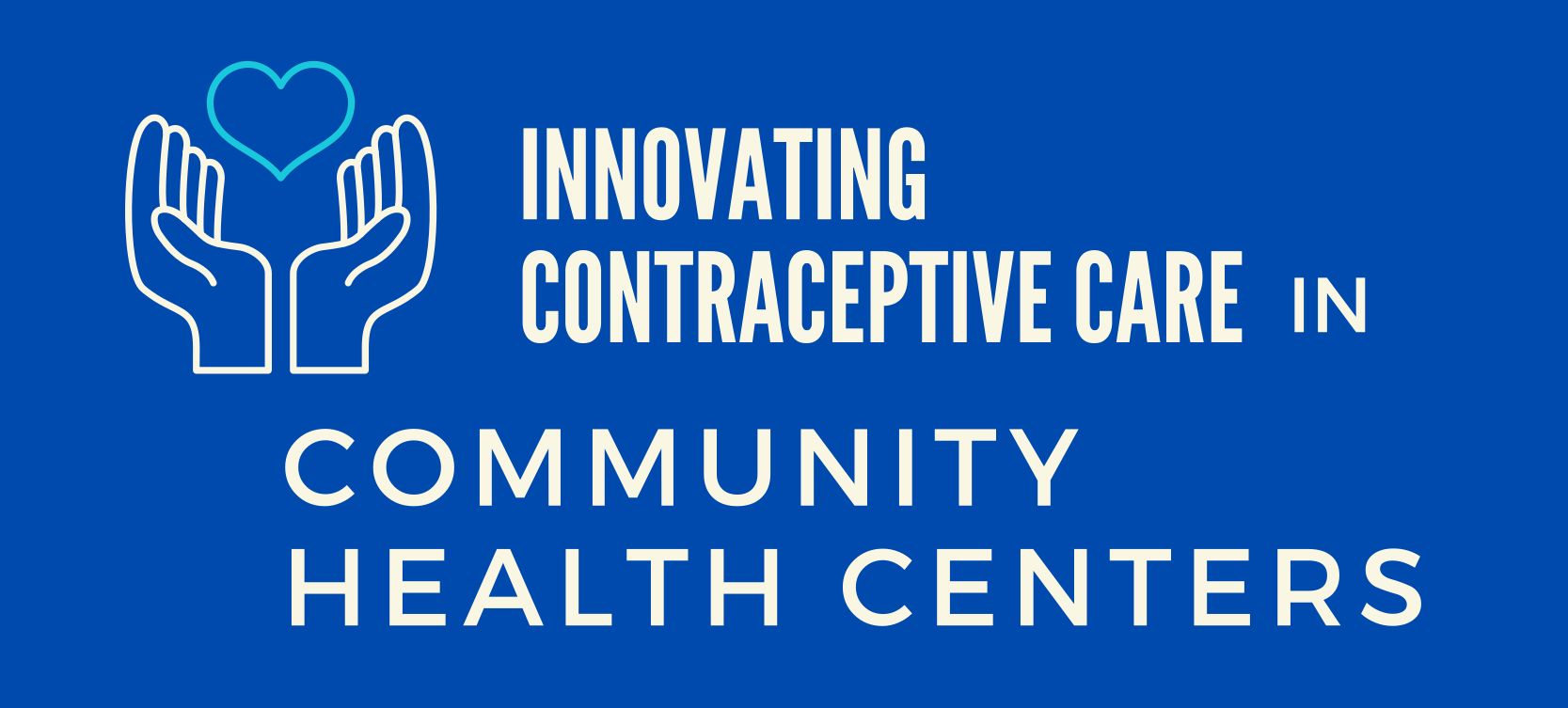Existing performance measures for contraceptive use rely on claims data, which is imperfect as the measure by necessity only the diagnoses and services that were documented on the date when the claim was submitted. Electronic clinical quality measures (eCQMs), which rely on data from electronic health records (EHRs), offer the ability to generate actionable and reliable quality metrics drawing on a broader set of information [4].
Specifically, the eCQMs for contraceptive services used for this project improve upon previous claims-based contraceptive measures – which were endorsed by NQF in 2016 – by more accurately defining the target population as women interested in talking about contraception, not all women “at risk of unintended pregnancy.” By shifting the subject of measurement to patients who want to talk about contraceptive services or pregnancy prevention, and asking the New Data Element (aka, the “Self-Identified Need for Contraception” or “SINC” question), the new eCQM allows providers to more accurately assess how they are meeting the needs of their patients. In addition, the eCQMs allow for inclusion of contraceptive methods for which claims were not submitt4ed - e.g., methods, such as IUDs, inserted in a previous calendar year, or methods provided at an outside site.
The eCQMs are calculated by using EHR data to measure the percentage of women aged 15-44 years who are using a most or moderately effective contraceptive method (and specifically a LARC method) in a calendar year, excluding those who indicate that they are interested in talking about contraception or pregnancy prevention. While there is a complementary eCQM that focuses specifically on services received by postpartum women aged 15-44 years, the Tandem Use Project focuses on the eCQM for all women (and not postpartum women).
| Measure | Scores |
|---|---|
| All Women aged 15-44 | |
| Most & Moderately Effective Method: The percentage who want to talk about contraception or pregnancy prevention during their visit and are provided a most effective [i.e., sterilization, implants, intrauterine devices or systems (IUD/IUS)] or moderately effective (i.e., injectables, oral pills, patch, ring, or diaphragm) contraceptive method. | 24% |
| Access to LARC: The percentage who want to talk about contraception or pregnancy prevention during their visit and are provided a long-acting reversible contraceptive (LARC) method (i.e., implants or IUD/IUS). | 35% |
Interpreting eCQM Measure Results
Interpretation of eCQM measure scores involves a different process that what many end users are accustomed to. Unlike most quality measures, a specific benchmark or goal has NOT been set for the eCQM - Most & Moderately Effective Methods, as the measure is not expected to ever reach 100%. Some patients will make informed decisions to choose methods in the lower tier of efficacy even when offered the full range of methods. The goal of providing contraception should never be to promote any one method or class of methods over patient’s individual choices.
The eCQM – Access to LARC measure is a “floor” measure, to be used to identify patients who have very limited or no access to LARC methods, which are more commonly inaccessible than other methods. For example, CHCs with less than 1-2% use or rates well below the mean may signal the presence of barriers to LARC provision. The eCQM – Access to LARC measure should NOT be used to encourage high rates of use, as this could lead to coercive practices related to contraception, especially practices targeting racial/ethnic minorities and low-income individuals. For this same reason, it is not appropriate to use the eCQM – Access to LARC measure in a pay-for-performance context.

